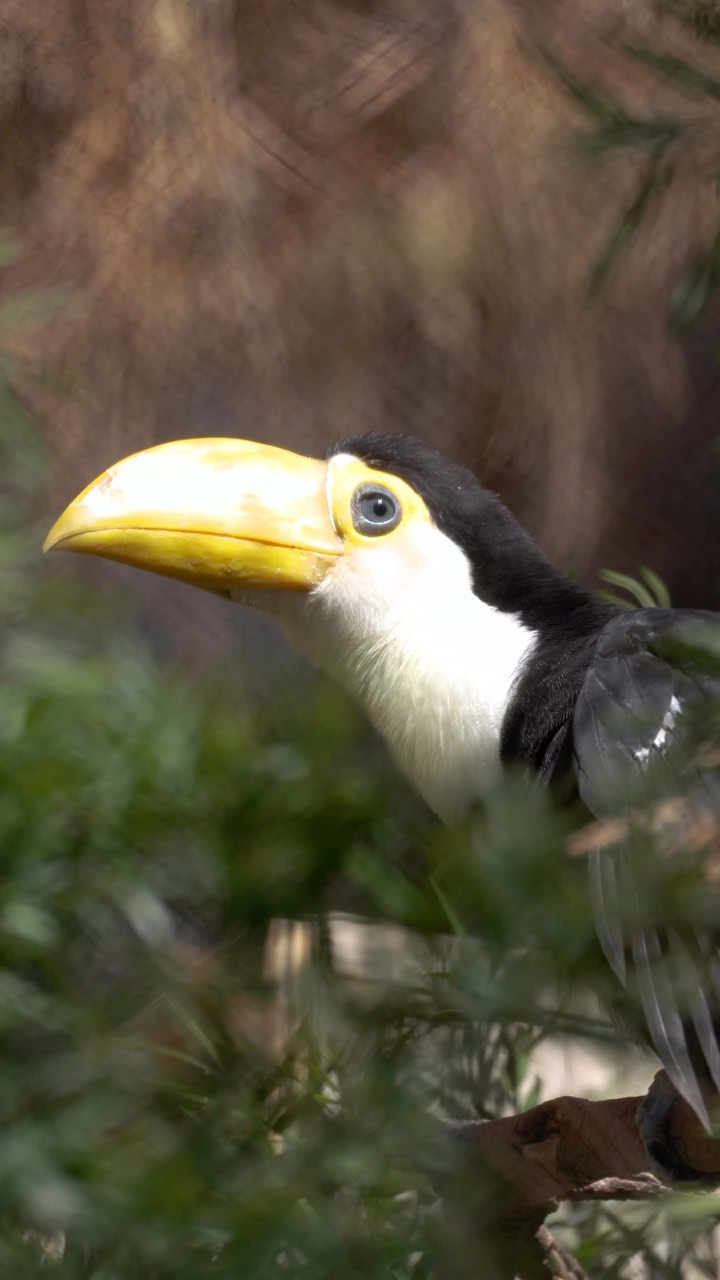Summary:
1. Introduction to the Tiny Toucan Takeover at Safari Park
2. Description of the unique features of toucans, including their colorful bills
3. Exploring the hollow structure and composition of toucan bills
4. Discussing the diet and feeding habits of toucans
5. Highlighting the playful and social nature of toucans
The Tiny Toucan Takeover: Discover the Colorful World of Toucans
Suppose you visit the Safari Park in the past couple of months. In that case, you may have noticed a delightful duo of toucans stealing the show with their vibrant colors and captivating personalities. These tiny toucans have captured the hearts of visitors and keepers alike, and today, we’ll dive into the fascinating world of these magnificent birds.
Toucans are renowned for their iconic and eye-catching bills, which come in various hues, from striking shades of orange and yellow to mesmerizing blues and reds. Their bills are unmistakable and serve several purposes – communication, courtship displays, foraging, and self-defense.
But what truly sets toucan bills apart is their unique structure. Contrary to popular belief, their bills are not filled with air but mostly hollow. This hollowness is achieved by a complex network of bony fibers crisscrossing through the bill, providing strength and support. The lightweight nature of these bills allows toucans to fly effortlessly, even with their large bill size.
The composition of toucan bills is just as intriguing as their structure. These bills mainly comprise keratin, a protein also found in our skin and nails. The keratin gives the bill its strength while allowing it to remain lightweight. It’s fascinating that these birds rely on a protein we share in our bodies to thrive and survive.
Now that we’ve explored the unique features of toucan bills let’s delve into their diet. Toucans are primarily frugivorous, meaning they primarily consume fruits. Their bills have evolved to be perfectly suited for this purpose. With their large size, toucans can easily pluck fruits from branches, and their bills’ serrated edges help them tear apart the tough outer skin to access the juicy interior. Additionally, toucans enjoy feasting on insects, providing a diverse and nutritious diet.
Feeding time for toucans is an absolute joy to witness. These playful birds are often seen hopping from branch to branch, using their bills with remarkable skill to grasp and eat their desired meal. It’s almost as if they perform a delicate dance, showcasing their skill and agility while acquiring sustenance. Their bills also serve as a useful tool for reaching more precarious food sources, such as frogs and lizards.
Beyond their physical attributes, what truly captivates many is the social nature of toucans. They are incredibly social creatures, often found in small groups or pairs. These birds rely on strong social bonds and engage in various social behaviors, including mutual preening, playful antics, and cooperative breeding. It’s heartwarming to observe their interactions and witness the bonds they form with both their human caretakers and fellow toucans.
In conclusion, the Tiny Toucan Takeover at the Safari Park has brought a delightful charm and vibrancy to the exhibits. These miniature toucans have stolen the show with their colorful bills, playful feeding habits, and friendly nature. It’s a true privilege to witness and appreciate the unique and captivating world of toucans. So, next time you visit the Safari Park, watch for our adorable toucans and immerse yourself in the magic of their tiny toucan takeover!
*****
Source Description
It’s a tiny toucan takeover.
A new toco toucan twosome hatched at the Safari Park a little over eight weeks ago, and the pair have already begun to spread their wings. Toucans are well known for their colorful, oversized bills, which they use to dine on fruits, insects, and the occasional frog or lizard.
Their most famous feature is hollow except for a network of bony fibers crisscrossing through the top for strength and support. It’s lightweight enough for flight and comprises keratin, the same protein in our skin and nails.

